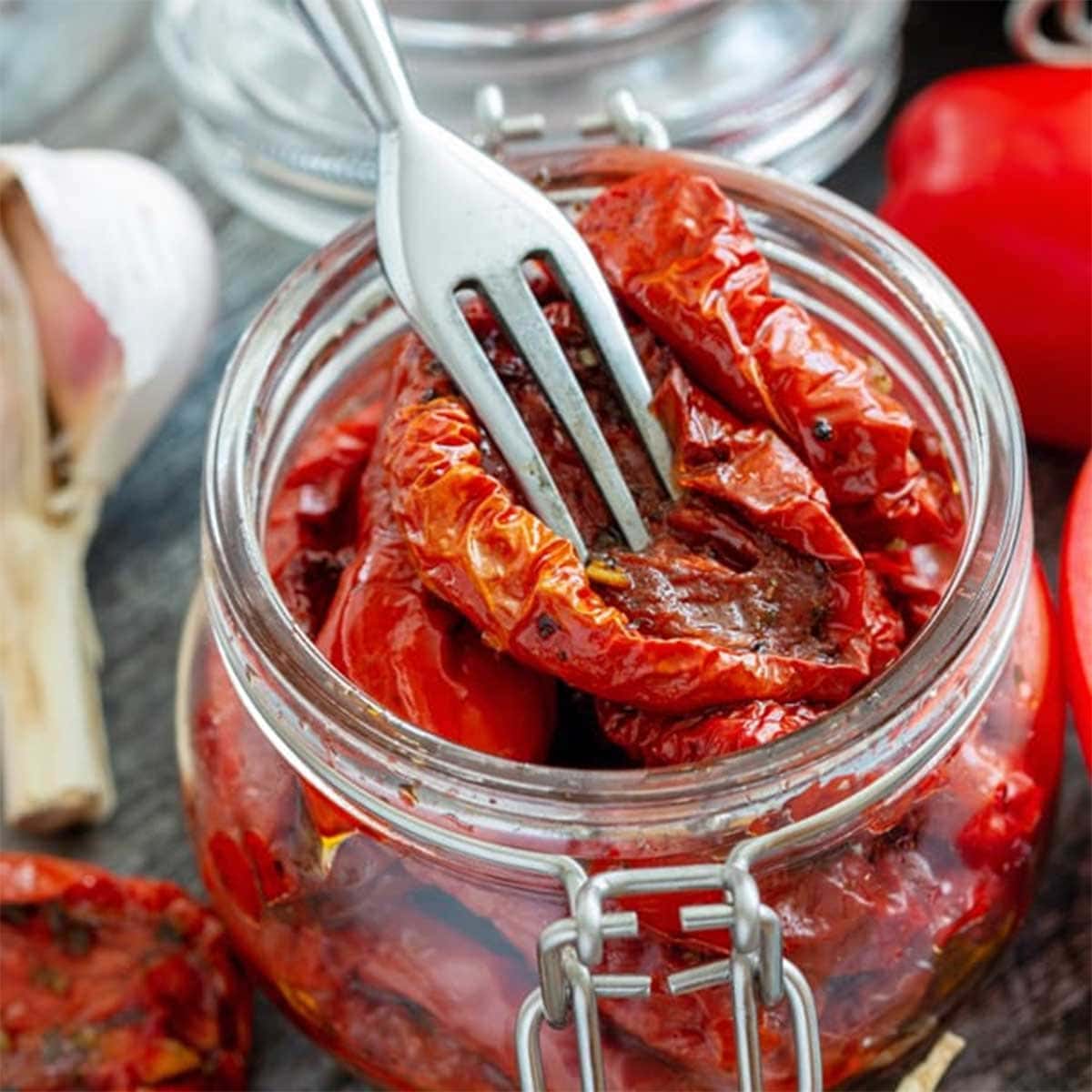

Articles
How To Store Homemade Sun-Dried Tomatoes
Modified: February 24, 2024
Learn how to properly store your homemade sun dried tomatoes to maintain their freshness and flavor. Our articles provide practical tips and techniques for preserving this delicious ingredient.
(Many of the links in this article redirect to a specific reviewed product. Your purchase of these products through affiliate links helps to generate commission for Storables.com, at no extra cost. Learn more)
Introduction
There’s nothing quite like the intense flavor and chewy texture of sun-dried tomatoes. These ruby red beauties are a versatile ingredient, adding depth and sweetness to a wide range of dishes. While store-bought sun-dried tomatoes are readily available, there’s a certain satisfaction that comes with making your own at home. Not only do homemade sun-dried tomatoes allow you to control the quality and flavor, but they also make use of surplus tomatoes that might otherwise go to waste.
In this article, we’ll dive into the world of homemade sun-dried tomatoes and explore the benefits, methods, and storage options. Whether you’re a seasoned home cook or just getting started, these tips will help you create delicious sun-dried tomatoes that you can enjoy year-round.
Key Takeaways:
- Elevate your dishes with homemade sun-dried tomatoes, bursting with exceptional flavor and nutritional value. Enjoy the satisfaction of creating this versatile ingredient in your own kitchen.
- Choose the right tomatoes, prepare them with care, and explore various drying and storage methods to savor the intense and chewy texture of homemade sun-dried tomatoes year-round.
Read more: How To Store Sun-Dried Tomatoes In Oil
Benefits of Homemade Sun Dried Tomatoes
Homemade sun-dried tomatoes offer a plethora of benefits that make them worth the time and effort to prepare. Here are a few reasons why you should consider making your own:
- Exceptional Flavor: Unlike their store-bought counterparts, homemade sun-dried tomatoes are bursting with flavor. The slow drying process intensifies their natural sweetness, creating a rich and concentrated taste that adds a delightful complexity to any dish.
- Control over Quality: When you make your own sun-dried tomatoes, you have complete control over the ingredients used and the quality of the tomatoes. You can choose to use organic or homegrown tomatoes, ensuring that no harmful pesticides or additives are present.
- Cost-Effective: Purchasing sun-dried tomatoes from the store can be quite expensive, especially when you consider the quantity needed for certain recipes. Making your own allows you to save money while enjoying a higher yield of flavorful tomatoes.
- Extra Nutritional Value: Sun-dried tomatoes retain a significant amount of nutrients, including vitamins A, C, and K, as well as antioxidants. Including them in your meals can contribute to a well-balanced and nutritious diet.
- Versatility in Cooking: Homemade sun-dried tomatoes can be used in a myriad of dishes. Whether you’re adding them to salads, pasta, sandwiches, soups, or even dips, their unique flavor elevates any recipe.
- Long Shelf Life: Once properly dried and stored, homemade sun-dried tomatoes can last for several months, allowing you to enjoy their flavors long after tomato season has ended. This makes them a convenient ingredient to have on hand for impromptu cooking.
By making your own sun-dried tomatoes, you not only elevate the taste and quality of your dishes but also gain the satisfaction of creating something delicious and versatile in your own kitchen.
Choosing the Right Tomatoes
When it comes to making homemade sun-dried tomatoes, choosing the right tomatoes is crucial. Look for tomatoes that are ripe, flavorful, and meaty, as they will yield the best results. Here are a few tips to keep in mind:
- Variety: While you can use any type of tomato for sun-drying, certain varieties are more suitable due to their lower water content and meatier texture. Plum or Roma tomatoes are a popular choice, as they have a high flesh-to-seed ratio and a rich flavor.
- Ripe, but Firm: Select tomatoes that are fully ripe but still firm to the touch. Overly ripe tomatoes may become mushy during the drying process, affecting both the texture and taste of the final product.
- Avoid High-Moisture Tomatoes: Tomatoes with high water content, such as beefsteak or slicing tomatoes, are not ideal for sun-drying. These tomatoes contain more juice, which can prolong the drying process and even lead to spoilage.
- Homegrown or Organic: If possible, opt for homegrown or organic tomatoes. They are less likely to be treated with pesticides or chemicals, ensuring a healthier and more natural end product.
Remember that the quality of your sun-dried tomatoes heavily depends on the tomatoes you choose. Take the time to select ripe, meaty tomatoes for the best flavor and texture in your homemade sun-dried tomatoes.
Preparing Tomatoes for Drying
Before you can start the drying process, it’s essential to properly prepare the tomatoes. This preparation step ensures that your sun-dried tomatoes will dry evenly and retain their flavor and texture. Here’s how to prepare your tomatoes for drying:
- Wash and Dry: Begin by washing the tomatoes thoroughly under cool running water. Use a gentle scrub brush to remove any dirt or debris. Pat them dry with a clean kitchen towel.
- Remove Stem and Core: Use a sharp knife to remove the stem and core of each tomato. Cut around the stem in a circular motion to create a small incision, then gently pull it out. This step helps the tomatoes to dry more evenly.
- Slice or Halve: Depending on your preference and the size of the tomatoes, you can choose to either slice them or halve them. Slicing the tomatoes into thin rounds will result in quicker drying, while halving them will create thicker, chewier sun-dried tomatoes.
- De-Seeding (Optional): If you prefer less moisture in your sun-dried tomatoes, you can choose to de-seed them. To do this, gently squeeze each slice or halve to release the seeds and gel-like pulp. This step is not necessary but can contribute to a drier final product.
- Arrange on Drying Surface: Once the tomatoes are prepared, arrange them in a single layer on a drying surface. This could be a baking sheet lined with parchment paper or a specialized drying rack. Make sure there is enough space between the tomato pieces for air circulation.
By following these steps, you’ll ensure that your tomatoes are ready for the drying process. Properly prepared tomatoes will dry more efficiently and result in flavorful, delicious sun-dried tomatoes that you can enjoy in various recipes.
Drying Methods
There are different methods you can use to dry your tomatoes and transform them into sun-dried tomatoes. The method you choose can depend on the equipment you have available and your personal preferences. Here are three common methods for drying tomatoes:
- Oven Drying: This method is the most accessible and convenient for many home cooks. To oven dry your tomatoes, preheat your oven to its lowest setting, usually around 140°F (60°C). Place the prepared tomato slices or halves on a baking sheet lined with parchment paper. Leave the oven door slightly open to allow air circulation. Depending on the size and thickness of the tomatoes, the drying process can take anywhere from 6 to 12 hours. Keep a close eye on the tomatoes and rotate the tray occasionally for even drying.
- Dehydrator Drying: If you have a food dehydrator, this method provides an efficient and consistent way to dry your tomatoes. Follow the manufacturer’s instructions for dehydrating fruits or vegetables. Typically, set the temperature to around 135°F (57°C) and arrange the tomato slices or halves on the dehydrator trays. The drying time can vary, usually ranging from 6 to 10 hours.
- Outdoor Drying: If you live in a warm and dry climate, you may opt for the traditional method of drying tomatoes outdoors. Choose a sunny spot with good air circulation. Place the prepared tomatoes on a screen or mesh drying rack to elevate them off the ground and prevent pests. Cover the tomatoes with cheesecloth or a fine mesh to protect them from dirt or insects. Depending on the weather conditions, outdoor drying can take several days to a week. Bring the tomatoes indoors overnight to protect them from moisture.
Each drying method has its advantages, so choose the one that works best for you. Regardless of the method you choose, make sure to monitor the tomatoes regularly and ensure they are completely dried before storing them.
Oven Drying
Oven drying is a popular method for drying tomatoes, especially for those who don’t have access to a food dehydrator or prefer a controlled and convenient drying process. Here’s how you can oven dry your tomatoes:
- Preheat the Oven: Start by preheating your oven to its lowest setting, usually around 140°F (60°C). This low temperature allows the tomatoes to slowly dehydrate without cooking them.
- Prepare the Tomatoes: Wash and dry your tomatoes thoroughly. Remove the stem and core, then slice or halve the tomatoes according to your preference. For thinner and quicker drying, slices work well, while halved tomatoes create thicker and chewier sun-dried tomatoes.
- Arrange on a Baking Sheet: Line a baking sheet with parchment paper and place the tomato slices or halves in a single layer. Ensure that there is enough space between the tomatoes for air circulation and even drying.
- Drying Process: Place the baking sheet in the preheated oven and leave the door slightly ajar to allow moisture to escape. This helps to prevent the tomatoes from steaming instead of drying. The drying process can take anywhere from 6 to 12 hours, depending on the size and thickness of the tomatoes.
- Rotate and Monitor: While the tomatoes are drying, it’s essential to rotate the baking sheet occasionally to ensure even drying. Additionally, monitor the tomatoes closely to prevent any over-drying or burning.
- Check for Doneness: To check if the tomatoes are fully dried, press them gently with your fingers. They should be leathery and pliable, with no visible moisture. Remember that they will continue to dry slightly after removing them from the oven.
- Cool and Store: Once the tomatoes are dried to your desired consistency, remove them from the oven and let them cool completely on the baking sheet. Once cooled, transfer them to airtight containers or jars for storage.
Oven drying allows you to have control over the drying process and produces flavorful sun-dried tomatoes that can be used in various dishes. Enjoy the rich, intense flavor of your homemade sun-dried tomatoes year-round!
Dehydrator Drying
If you have a food dehydrator, drying tomatoes becomes even easier and more efficient. Here’s how you can use a dehydrator to dry your tomatoes:
- Preparation: Begin by washing the tomatoes and drying them thoroughly. Remove the stem and core, then slice or halve the tomatoes based on your preference.
- Arrange on Dehydrator Trays: Place the tomato slices or halves on the dehydrator trays in a single layer. Leave enough space between the pieces for adequate airflow and even drying.
- Set the Temperature: Follow the instructions provided with your dehydrator to set the temperature. For drying tomatoes, a temperature of around 135°F (57°C) is generally recommended. The drying time will depend on the size and thickness of the tomatoes.
- Drying Process: Turn on the dehydrator and allow it to run for the recommended drying time. The process typically takes between 6 to 10 hours. However, it’s always a good idea to check the tomatoes periodically to ensure they don’t over-dry.
- Check for Doneness: To check if the tomatoes are fully dried, gently press them. They should be leathery and pliable, with no visible moisture. Keep in mind that slightly pliable tomatoes are easier to handle and rehydrate when using them in recipes.
- Cool and Store: Once the tomatoes are fully dried, remove them from the dehydrator and let them cool completely on a wire rack. Once cooled, transfer them to airtight containers or jars for storage.
Using a food dehydrator provides a controlled environment for drying tomatoes and produces consistent results. Enjoy the convenience of this method and the flavorful homemade sun-dried tomatoes it yields.
Store homemade sun-dried tomatoes in an airtight container, covered with olive oil to keep them moist. Keep them refrigerated for up to 2 weeks or freeze for longer storage.
Outdoor Drying
Outdoor drying is a traditional method for drying tomatoes, especially in warm and dry climates. If you have access to ample sunshine and good air circulation, here’s how you can dry your tomatoes outdoors:
- Prepare the Tomatoes: Start by washing the tomatoes thoroughly and drying them gently. Remove the stem and core, then slice or halve the tomatoes according to your preference.
- Air Drying: Find a suitable outdoor location that receives plenty of direct sunlight. It’s essential to choose a spot that is free from dirt, dust, and pests. Place a screen or mesh drying rack in the chosen area to elevate the tomatoes off the ground.
- Arrange the Tomatoes: Lay the tomato slices or halves in a single layer on the drying rack. Ensure that there is ample space between the pieces to allow for air circulation and even drying.
- Cover the Tomatoes: To protect the tomatoes from dirt, insects, or birds, cover them with cheesecloth or a fine mesh. This covering will prevent any unwanted debris from coming into contact with the tomatoes while still allowing air circulation.
- Protect from Moisture: If the weather forecast predicts rain or high humidity, it’s crucial to bring the tomatoes indoors. Moisture can hinder the drying process and potentially lead to spoilage. Bring the drying racks with the tomatoes inside and resume outdoor drying once the weather improves.
- Be Patient: Outdoor drying can take several days to a week, depending on the weather conditions and the size of the tomatoes. Ensure that the tomatoes are completely dry before removing them from the outdoor drying area.
- Cool and Store: Once the tomatoes are fully dried and free of moisture, bring them indoors and let them cool completely. Transfer them to airtight containers or jars for storage in a cool, dry place.
Outdoor drying provides a traditional and natural method for drying tomatoes while harnessing the power of the sun. Enjoy the process and the delicious homemade sun-dried tomatoes that result from this method.
Storing Sun Dried Tomatoes
Proper storage is essential to maintain the flavor and texture of your homemade sun-dried tomatoes. Here are three common methods for storing sun-dried tomatoes:
- Storing in Oil: One popular method is to store sun-dried tomatoes in oil. Begin by sterilizing a jar by boiling it in water for a few minutes. Once the jar is sterilized and dried, pack the dried tomatoes into the jar, leaving a little space at the top. Fill the jar with olive oil, making sure the tomatoes are completely submerged. This method helps preserve the tomatoes and adds flavor to the oil. Store the jar in the refrigerator and use within a few months.
- Storing in the Freezer: Freezing sun-dried tomatoes is another effective way to prolong their shelf life. Place the dried tomatoes in an airtight freezer bag or container. Make sure to remove any excess air to prevent freezer burn. Label the bag with the date and store it in the freezer. The tomatoes can be kept frozen for up to 12 months. When needed, simply thaw the desired quantity and use them in your recipes.
- Storing in the Pantry: If you plan to use your sun-dried tomatoes within a short period, you can store them in a cool, dark pantry. Place the dried tomatoes in an airtight container or jar, ensuring that they are completely dry. Store the container in a cool and dry place away from direct sunlight. Check the tomatoes periodically for any signs of moisture or spoilage.
Remember that regardless of the storage method you choose, it’s important to monitor the tomatoes for any signs of mold, moisture, or changes in color or texture. Discard any sun-dried tomatoes that show signs of spoilage.
By properly storing your sun-dried tomatoes, you can enjoy their intense flavors and chewy texture in a wide range of dishes throughout the year.
Read more: How To Store Homemade Tomato Sauce
Storing in Oil
Storing sun-dried tomatoes in oil is a popular and convenient method that helps preserve their flavor and extend their shelf life. Here’s how you can store your sun-dried tomatoes in oil:
- Sterilize the Jar: Begin by sterilizing a glass jar and its lid. Place them in a pot of boiling water for a few minutes. This process helps kill any bacteria and ensures the jars are clean.
- Prepare the Sun-Dried Tomatoes: Pat dry the sun-dried tomatoes to remove any excess moisture. If you prefer, you can cut them into smaller pieces to fit better in the jar. Remove any seeds or tough parts if necessary.
- Pack the Jar: Place the sun-dried tomatoes into the sterilized jar, leaving a bit of space at the top. You can layer them neatly or pack them tightly, depending on your preference.
- Add Oil: Fill the jar with a good-quality oil, such as olive oil, until the tomatoes are completely submerged. The oil acts as a natural preservative and adds flavor to the tomatoes.
- Optional: Add Herbs and Seasonings: For added flavor, you can enhance the oil by adding herbs and seasonings. Common choices include garlic cloves, dried oregano, basil, or red pepper flakes. These additions infuse the oil with delicious flavors over time.
- Seal and Store: Once the jar is filled with tomatoes and oil, make sure the lid is tightly sealed. Store the jar in the refrigerator to prolong the shelf life of the sun-dried tomatoes. Properly stored, they can last for several months.
- Usage Tips: When you’re ready to use the sun-dried tomatoes, simply remove them from the jar using clean utensils. The oil can be used in dressings, marinades, or as a flavorful cooking oil.
It’s important to note that storing sun-dried tomatoes in oil creates an anaerobic environment, which can potentially lead to the growth of harmful bacteria if not done properly. Make sure to always use clean utensils and inspect the tomatoes and oil for any signs of spoilage.
By storing your sun-dried tomatoes in oil, you can easily access them whenever you need to add a burst of intense flavor to your favorite recipes.
Storing in the Freezer
If you want to extend the shelf life of your sun-dried tomatoes, storing them in the freezer is an excellent option. Freezing preserves their flavor and texture, allowing you to enjoy them for an extended period. Here’s how you can store sun-dried tomatoes in the freezer:
- Prepare the Sun-Dried Tomatoes: Start by making sure the sun-dried tomatoes are completely dry. If necessary, pat them dry with a clean kitchen towel to remove any excess moisture.
- Portion and Package: Divide the sun-dried tomatoes into portion sizes that you typically use in recipes. This step allows you to thaw only the amount you need without defrosting the entire batch. Place the portions in airtight freezer bags or freezer-safe containers.
- Remove Air and Seal: Squeeze out any excess air from the freezer bags before sealing them. If using containers, make sure they have a tight-fitting lid to prevent freezer burn.
- Label and Date: Label each bag or container with the contents and date of freezing. This practice helps you keep track of the storage time and ensures you use the sun-dried tomatoes before their quality deteriorates.
- Freeze: Place the bags or containers in the freezer, making sure they are arranged in a flat position to save space. Spread them out to allow for quicker freezing.
- Thawing and Usage: When you’re ready to use the sun-dried tomatoes, remove the desired portion from the freezer and let it thaw in the refrigerator. The tomatoes will rehydrate slightly during the thawing process. Once thawed, use them in your recipes as you would with fresh sun-dried tomatoes.
Properly stored, sun-dried tomatoes can last in the freezer for up to 12 months. However, for the best quality, it’s recommended to use them within 6 to 8 months.
Storing sun-dried tomatoes in the freezer allows you to enjoy their intense flavor and chewy texture whenever you need them, making it a convenient option for long-term storage.
Storing in the Pantry
If you plan to use your sun-dried tomatoes within a short period, storing them in the pantry is a convenient option. Here’s how you can store sun-dried tomatoes in the pantry:
- Prepare the Sun-Dried Tomatoes: Ensure that the sun-dried tomatoes are completely dry. Pat them dry with a clean kitchen towel to remove any excess moisture.
- Select an Airtight Container: Choose an airtight container or jar that can keep moisture out and maintain the quality of the tomatoes. Mason jars with tight-fitting lids or lidded plastic containers work well for this purpose.
- Pack the Container: Place the sun-dried tomatoes into the container, ensuring that they fit comfortably. Do not overcrowd the container, as it can lead to moisture build-up and spoilage.
- Seal the Container: Close the container tightly to create an airtight seal. This prevents moisture from getting inside and extends the shelf life of the sun-dried tomatoes.
- Choose the Right Location: Find a cool, dark, and dry spot in your pantry to store the sun-dried tomatoes. Sunlight and heat can deteriorate their quality, so avoid placing them near windows or in direct sunlight.
- Monitor and Rotate: Periodically check the sun-dried tomatoes for any signs of moisture or spoilage. If necessary, gently shake or rotate the container to prevent the tomatoes from sticking together.
- Usage Tips: When you’re ready to use the sun-dried tomatoes, simply remove the desired quantity from the container using clean utensils. Reseal the container tightly to maintain the freshness of the remaining tomatoes.
When stored properly in a cool and dry pantry, sun-dried tomatoes can retain their quality for several months. However, it’s important to keep an eye on them and discard any that show signs of moisture or spoilage.
Storing sun-dried tomatoes in the pantry allows for quick and easy access whenever you need to add their intense flavor to your recipes.
Ways to Use Sun Dried Tomatoes
Sun-dried tomatoes are incredibly versatile and can elevate the flavor profile of various dishes. Here are a few creative ways to use sun-dried tomatoes in your culinary creations:
- Pasta and Risotto: Add a burst of umami and sweetness to your pasta dishes and risottos by incorporating sun-dried tomatoes. They pair well with creamy sauces, cheese, and aromatic herbs like basil and oregano.
- Salads: Sprinkle chopped sun-dried tomatoes on top of your favorite salads to introduce a tangy and concentrated flavor. They complement greens, feta cheese, olives, and other Mediterranean ingredients perfectly.
- Sandwiches and Wraps: Upgrade your sandwiches and wraps by layering them with sun-dried tomatoes. Their intense flavor adds complexity to simple combinations like turkey and avocado or mozzarella and basil.
- Pesto: Include sun-dried tomatoes in your homemade pesto sauce for a delightful twist. Blend them with fresh basil, garlic, pine nuts, Parmesan cheese, and olive oil to create a vibrant and robust pesto to enjoy with pasta or as a spread.
- Dips and Spreads: Enhance your dips and spreads by incorporating sun-dried tomatoes. Puree them with roasted red peppers, garlic, and Greek yogurt for a tangy and savory dip. They also make a delicious addition to hummus or tapenade.
- Savory Breads and Baked Goods: Mix chopped sun-dried tomatoes into bread dough or savory muffin batter to introduce bursts of flavor. The tomatoes infuse the bread with a delightful sweetness that pairs well with herbs and cheeses.
- Pizza Toppings: Take your homemade pizza to the next level by adding sun-dried tomatoes as a topping. Whether you opt for a classic Margherita or a more adventurous combination, the tomatoes will bring depth and complexity to your pizza.
- Stuffed Chicken or Fish: Create flavorful and gourmet dishes by stuffing chicken breasts or fish fillets with sun-dried tomatoes. Their concentrated flavor adds a delicious surprise to every bite.
- Pasta Sauce: Blend sun-dried tomatoes with garlic, herbs, olive oil, and a splash of balsamic vinegar to create a vibrant pasta sauce. Toss it with your favorite pasta and enjoy a burst of rich, tangy flavor in every bite.
- Omelettes and Frittatas: Add sun-dried tomatoes to your omelettes or frittatas to enhance their taste. Their concentrated flavor pairs well with eggs, cheese, and other vegetables, creating a savory and satisfying breakfast or brunch dish.
These are just a few suggestions to spark your creativity. Experiment with sun-dried tomatoes in different recipes and cuisines to discover new and exciting ways to enjoy their intense and savory flavor.
Read more: How To Store Oven Dried Tomatoes
Conclusion
Homemade sun-dried tomatoes offer a world of flavor and culinary possibilities. By making your own, you have complete control over the quality, taste, and storage options. Whether you oven dry, use a dehydrator, or opt for outdoor drying, the result is a flavorful ingredient that can elevate a wide range of dishes.
The benefits of homemade sun-dried tomatoes are numerous. Not only do they provide exceptional flavor, but they also allow you to minimize food waste and take advantage of surplus tomatoes. By choosing the right tomatoes and properly preparing them for drying, you ensure the best results.
With various storage options like storing in oil, freezing, or keeping them in the pantry, you can enjoy your sun-dried tomatoes throughout the year. Whether you’re adding them to pasta, salads, sandwiches, or dips, their intense and chewy texture will make your recipes shine.
So, why settle for store-bought sun-dried tomatoes when you can create your own? With a little time and effort, you can enjoy the satisfaction of making this flavorful ingredient from scratch. Embrace the versatility of sun-dried tomatoes and explore the countless ways to incorporate them into your cooking.
Get creative, experiment with different recipes, and savor the rich, concentrated flavor that homemade sun-dried tomatoes bring to your dishes. It’s time to embark on a flavorful journey and unlock the full potential of this culinary gem.
Frequently Asked Questions about How To Store Homemade Sun-Dried Tomatoes
Was this page helpful?
At Storables.com, we guarantee accurate and reliable information. Our content, validated by Expert Board Contributors, is crafted following stringent Editorial Policies. We're committed to providing you with well-researched, expert-backed insights for all your informational needs.

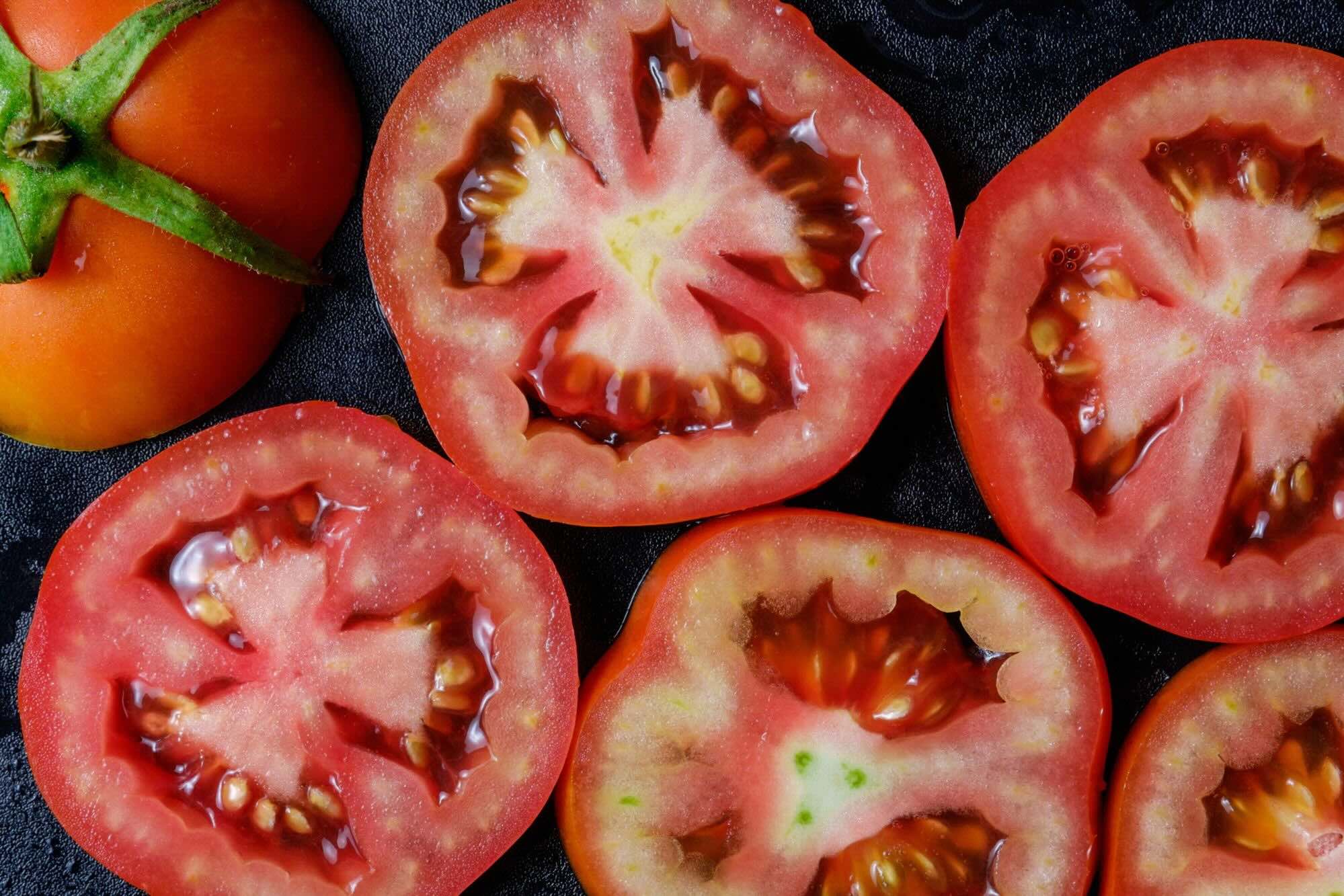
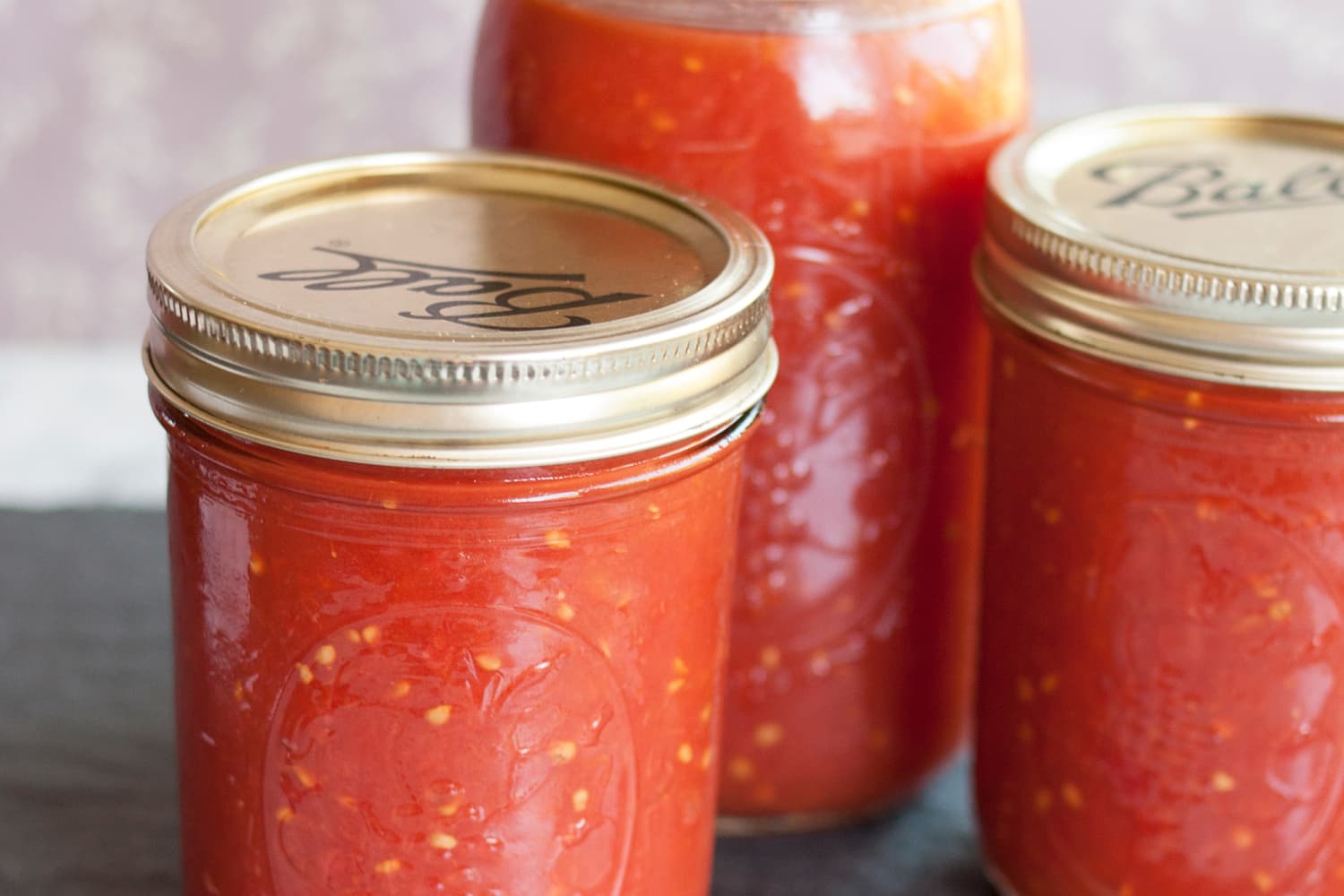
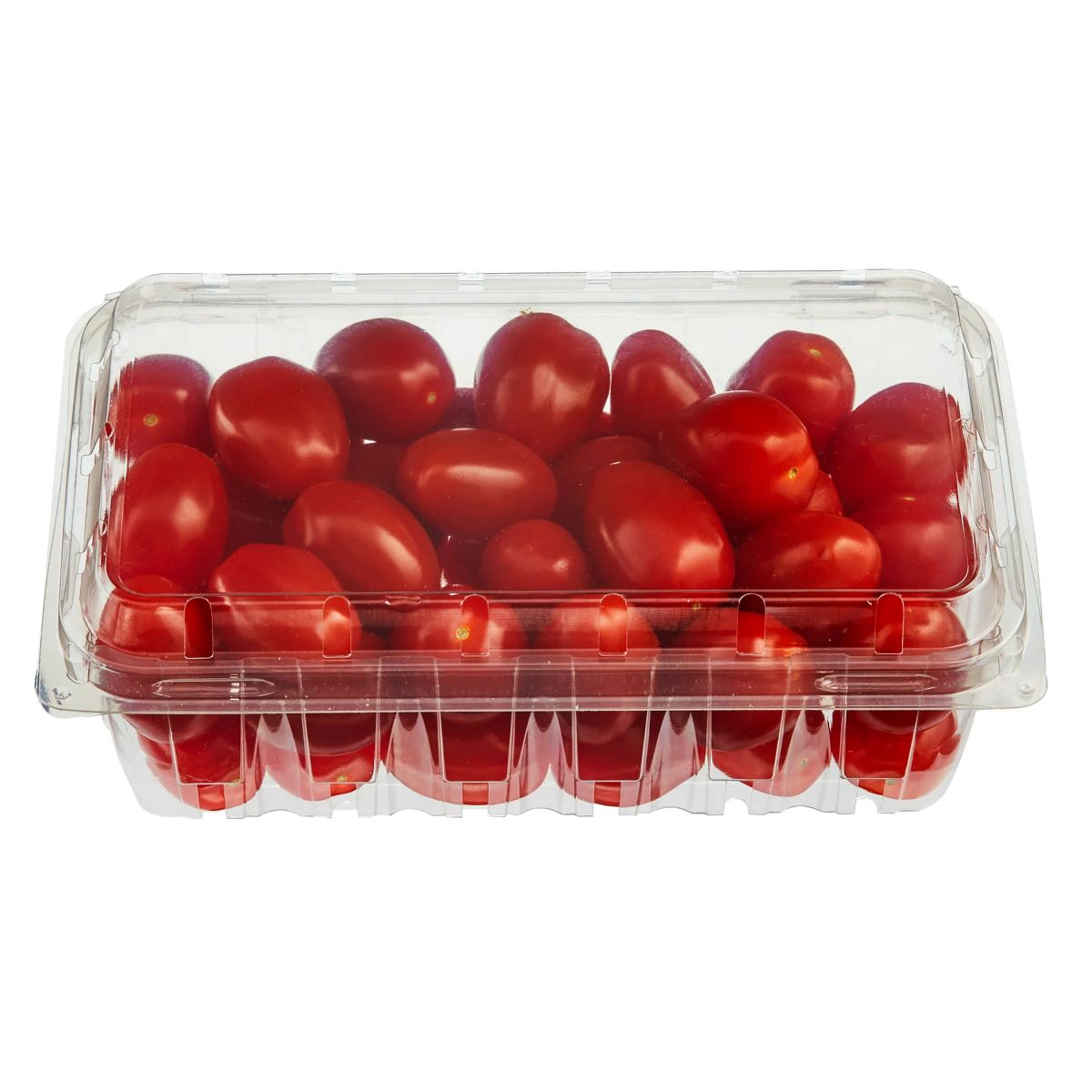
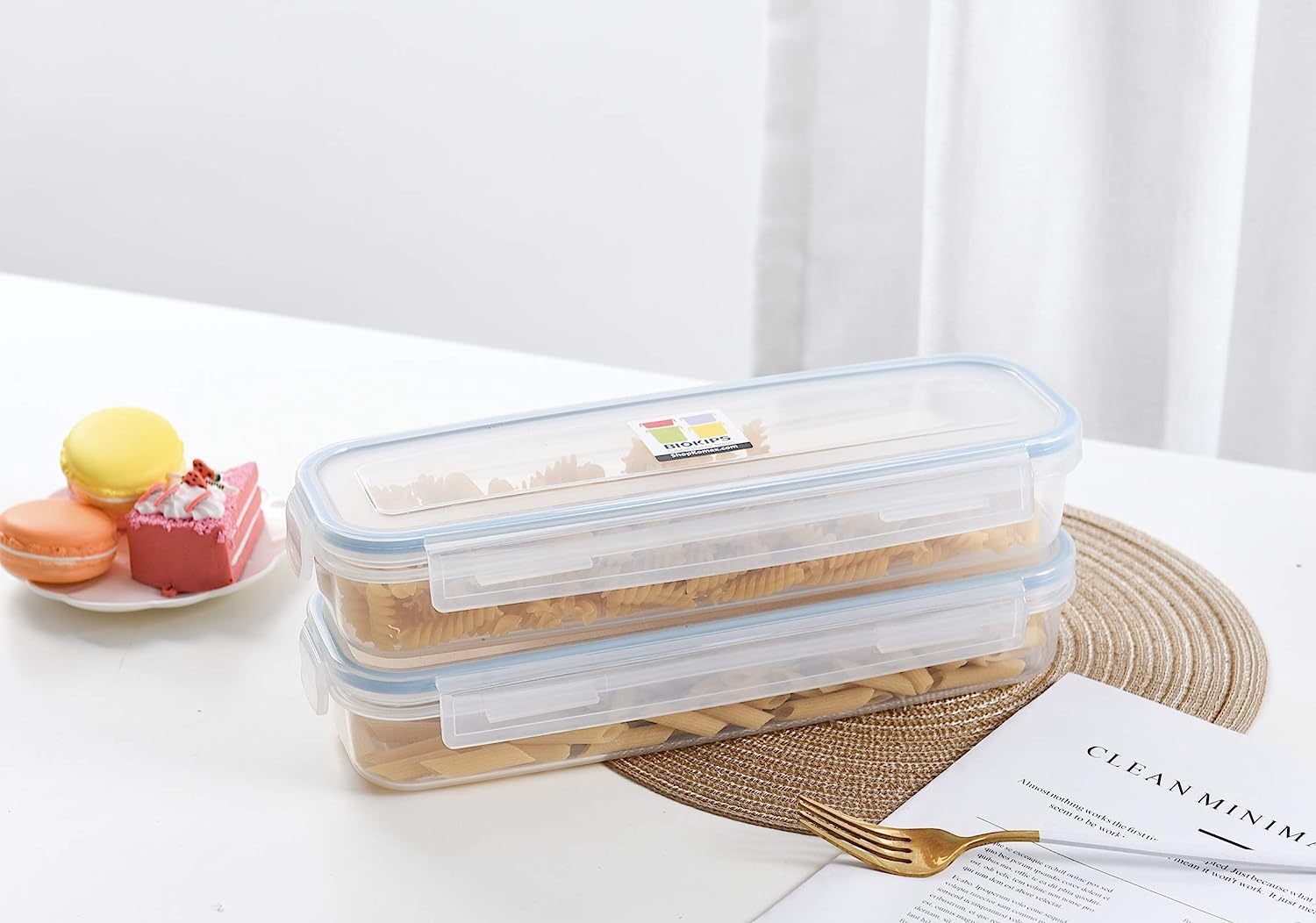
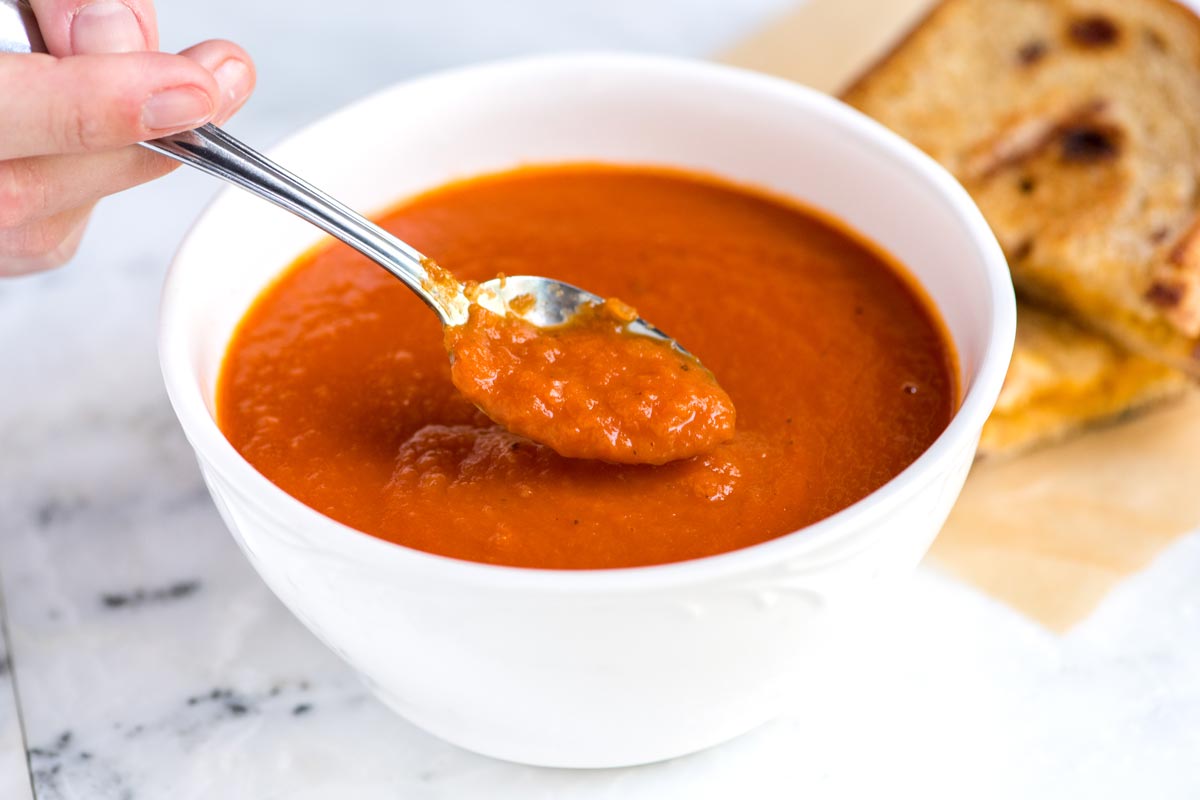

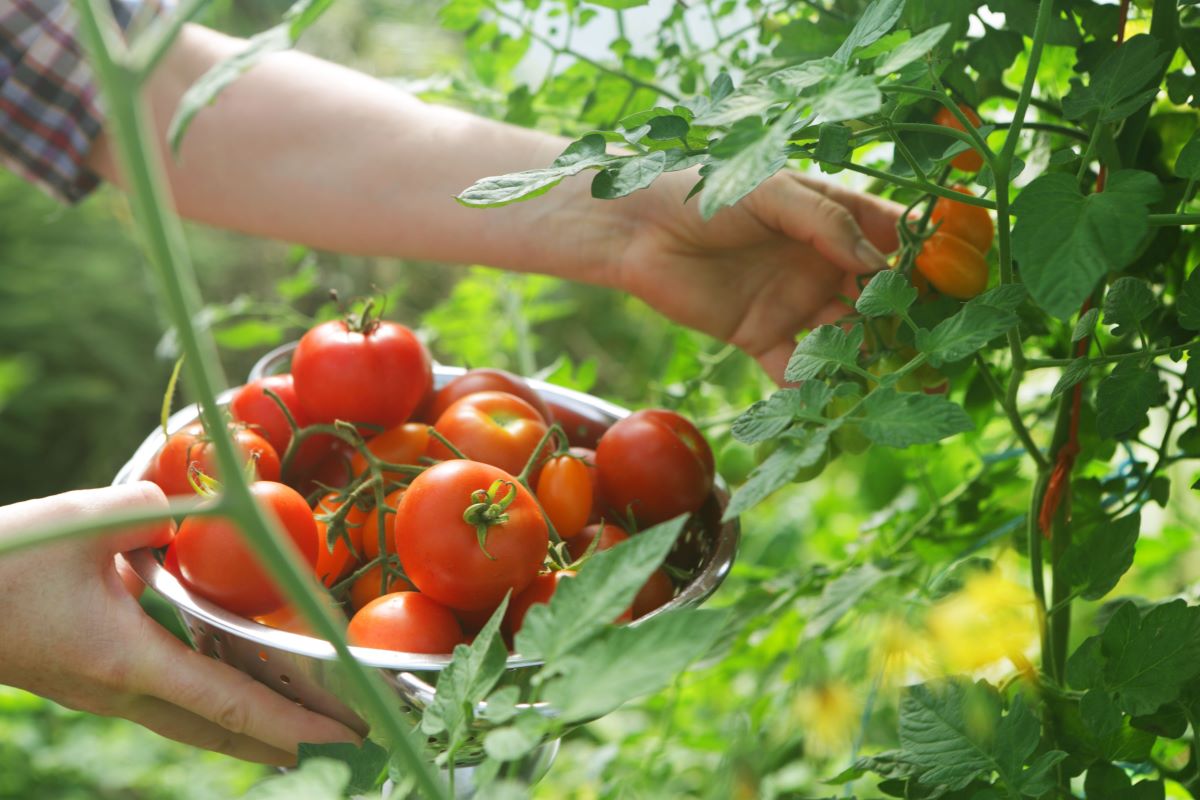
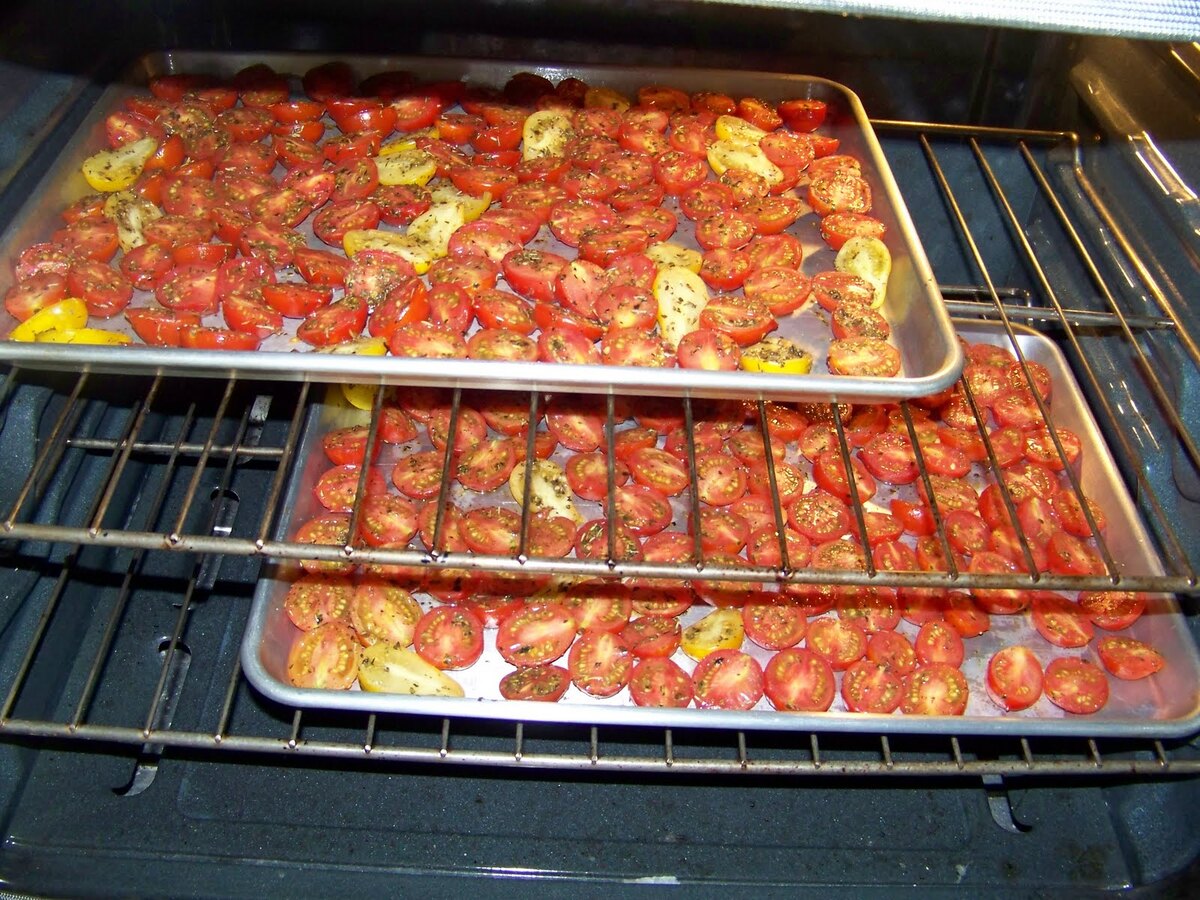
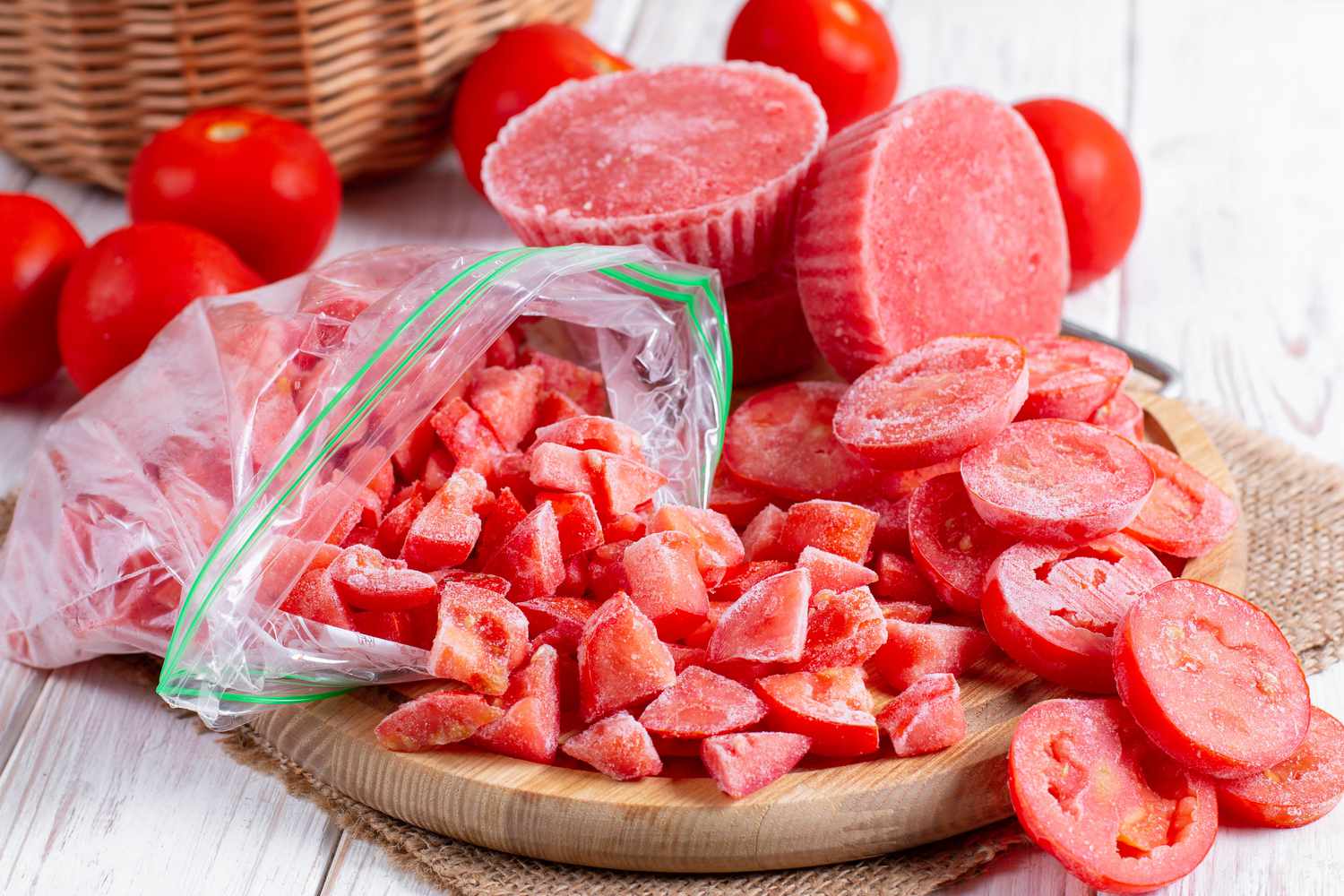
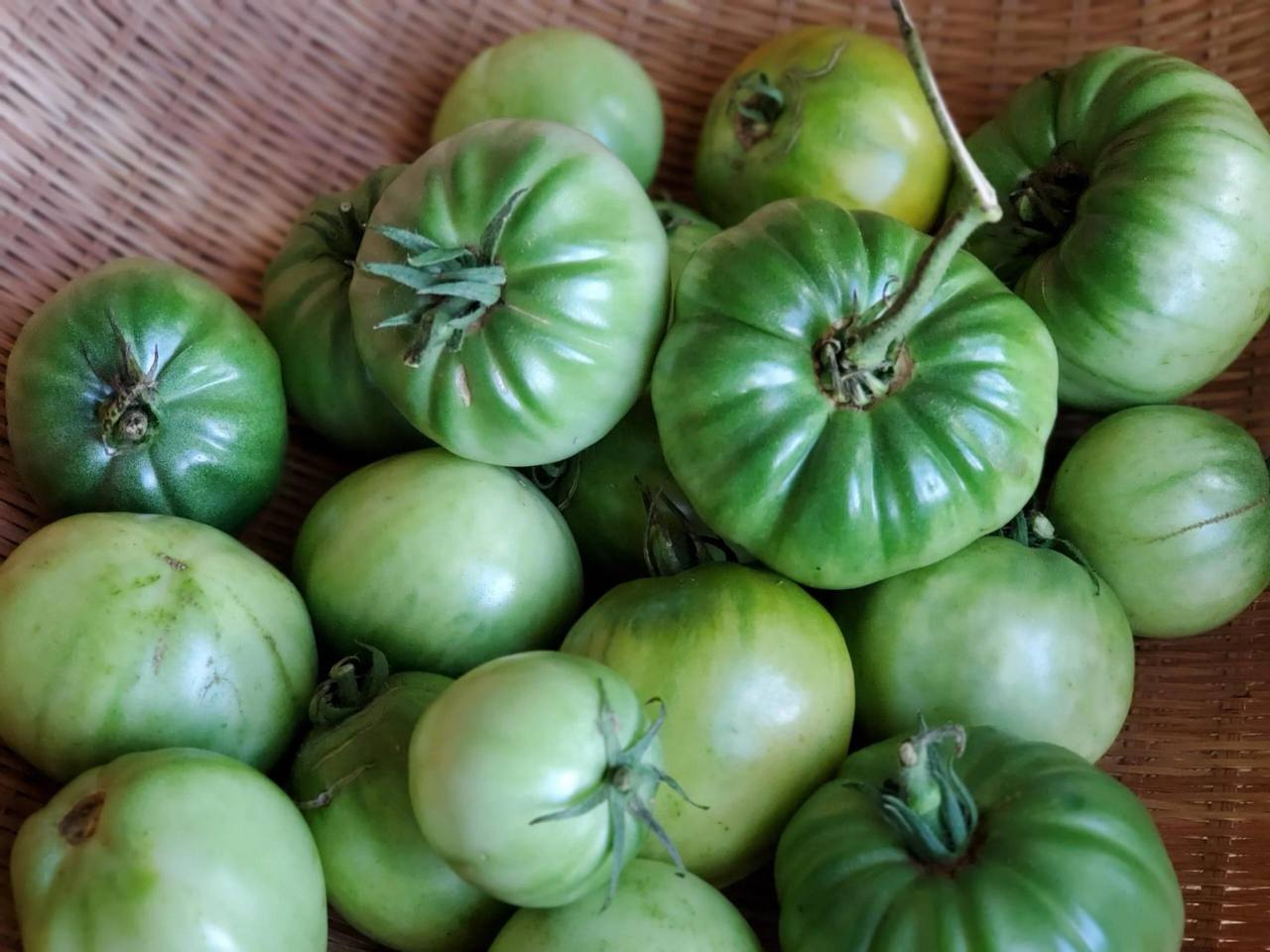
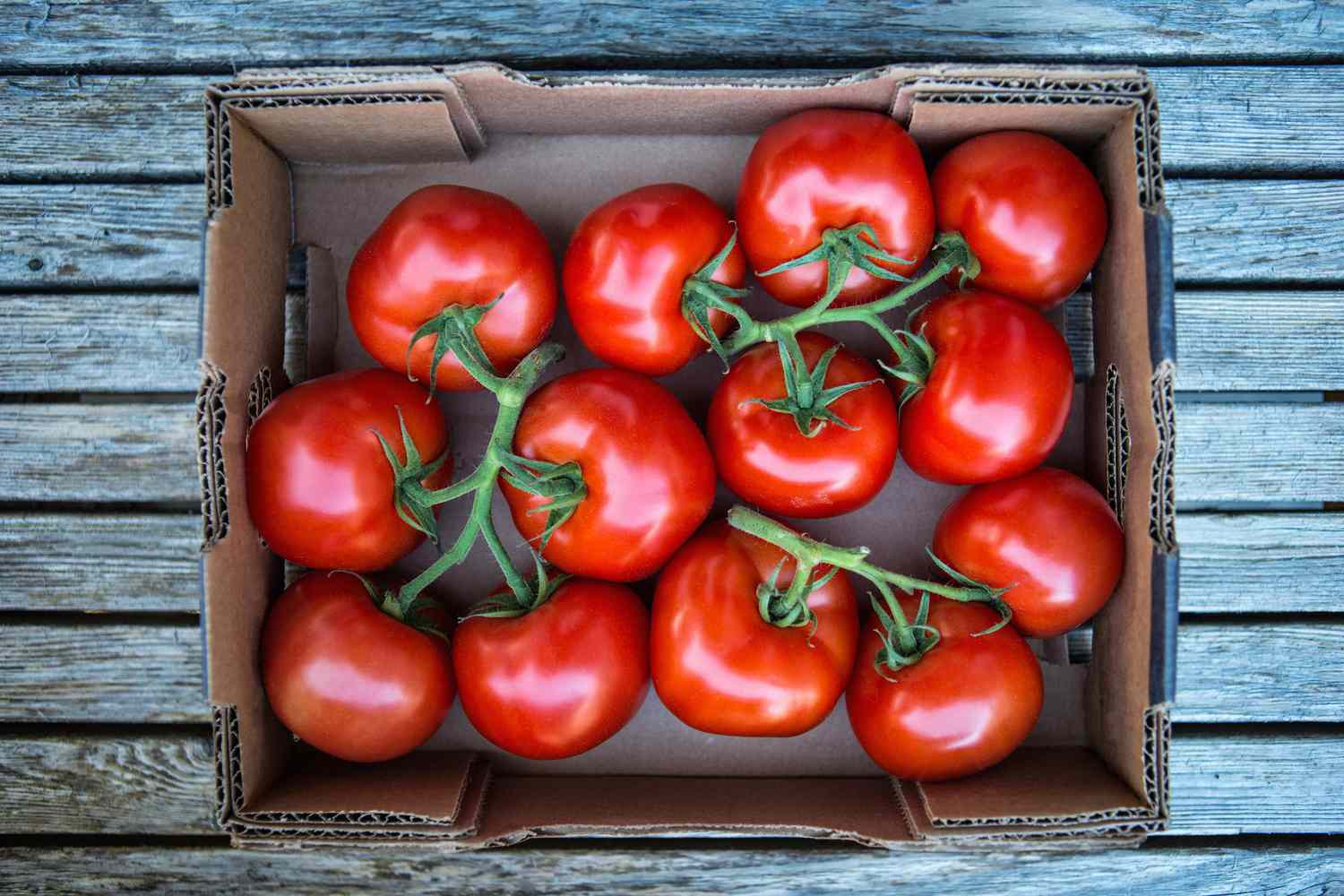

0 thoughts on “How To Store Homemade Sun-Dried Tomatoes”